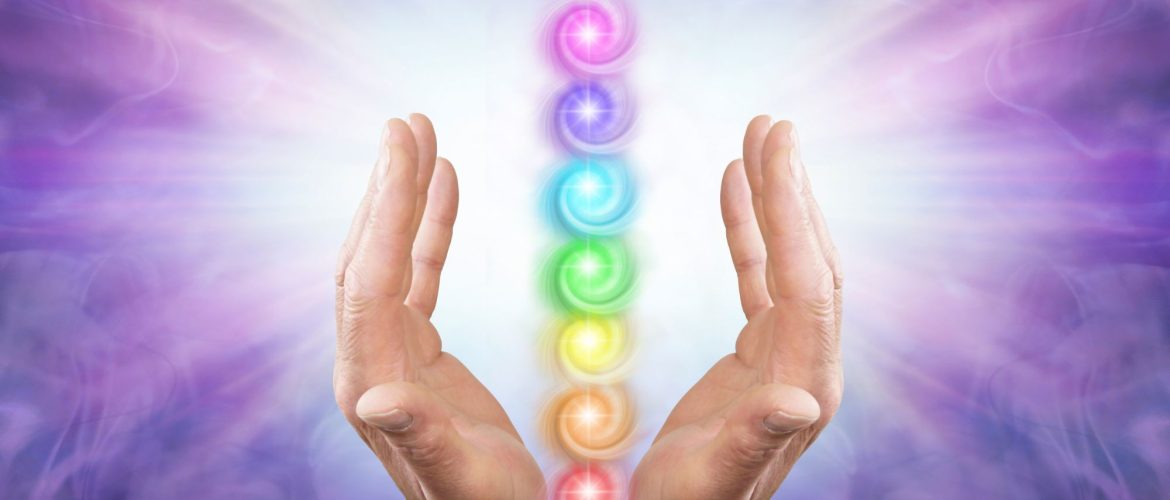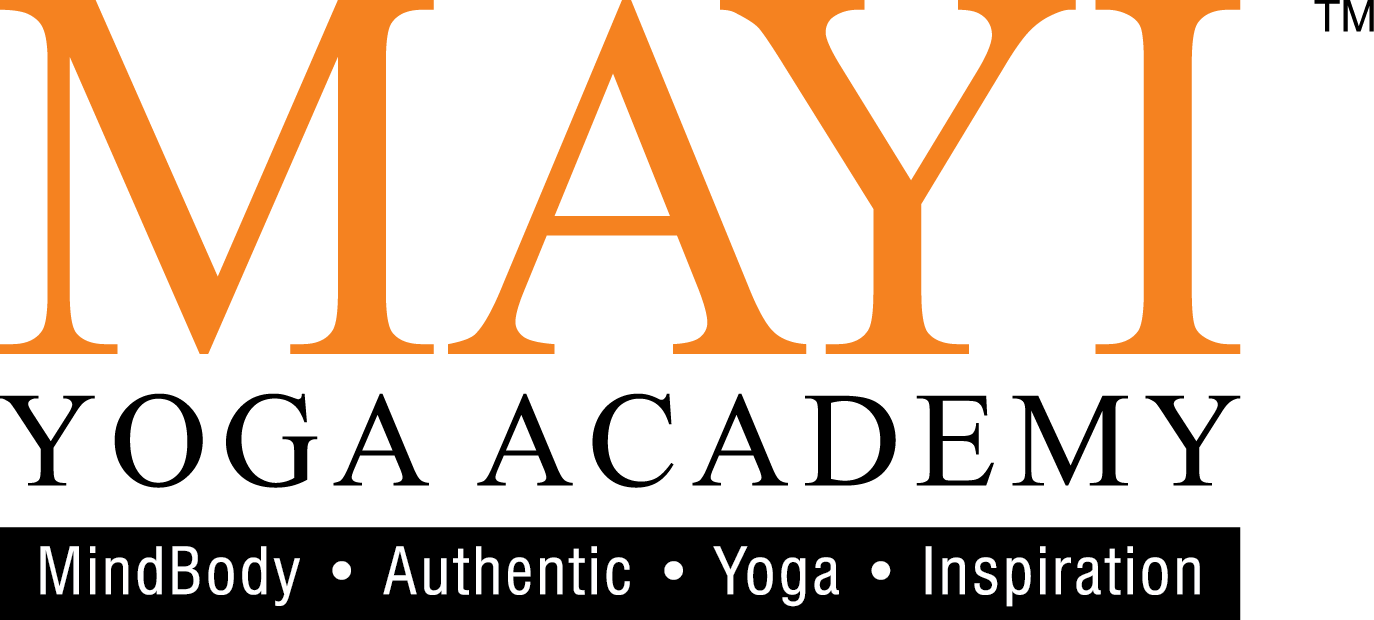Kundalini Kriya Yoga and Hatha Yoga: A Complementary Path to Health in the Modern Age
- August 16, 2025
- Posted by: admin
- Category: Articles by Practitioners,

In an era marked by increasing mental stress, sedentary habits, and lifestyle-related diseases, the search for sustainable methods of holistic well-being is more critical than ever. Among ancient systems of self-transformation, Kundalini Kriya Yoga, supported by the physical and energetic disciplines of Hatha Yoga, offers a profound and scientifically supported pathway for physical, mental, and spiritual health. These practices, when combined, form a complete system adaptable to modern needs, suitable for individuals of all ages and professions.
Historical Context and Foundations
Kundalini Kriya Yoga originates from the esoteric traditions of Indian Tantra and was later systematised by enlightened yogis such as Lahiri Mahasaya, Sri Yukteswar, and Paramahansa Yogananda. It is designed to awaken the dormant energy (Kundalini Shakti) residing at the base of the spine and guide it upward through the chakras using specific techniques involving pranayama (breath control), mudra (gestures), bandha (locks), and dhyana (meditation) (Yogananda, 1946/2005). These techniques purify the energy channels and elevate the practitioner’s awareness toward higher states of consciousness.
Hatha Yoga, on the other hand, provides the physical foundation necessary for the safe and effective practice of Kundalini Yoga. Dating back to the 11th century, Hatha Yoga was systematised by masters such as Gorakhnath and Swatmarama. Its primary goal is to harmonise the body and mind through asanas (postures), shatkarmas (cleansing practices), and pranayama, thereby preparing the practitioner for higher yogic practices such as Kriya (Singleton, 2010). In this light, Hatha Yoga becomes a crucial complementary practice, providing the physical stability and energy purification required to manage the intense transformations brought on by Kundalini awakening.
Mental and Emotional Health Benefits
The modern lifestyle is rife with chronic stress, anxiety, and emotional dysregulation. Kundalini Kriya Yoga, with its dynamic breathwork and meditative focus, has been shown to significantly enhance emotional resilience and mental clarity. A study by Shannahoff-Khalsa (2004) demonstrates that Kundalini meditations and Kriyas are effective in managing psychiatric disorders, including anxiety and obsessive-compulsive disorder. The rhythmic breathing cycles and mantra repetition in Kriya Yoga stimulate the parasympathetic nervous system, creating a deep sense of inner calm and mental balance.
Research shows that eight-week Kundalini Yoga interventions lead to substantial improvements in anxiety, mood, and overall psychological well-being (Khalsa et al., 2009). These benefits are enhanced when the practitioner has an established Hatha Yoga routine, which helps ground the nervous system and prepares the body to withstand the heightened energetic flow induced by Kriya Yoga techniques.
In this synergy, Hatha Yoga offers stabilisation, while Kundalini Kriya Yoga facilitates elevation, making their integration particularly beneficial for individuals dealing with burnout, depression, or cognitive fatigue.

Physical Health and Vitality
While Kundalini Kriya Yoga predominantly focuses on energy movement and consciousness expansion, it also confers numerous physical health benefits. The practice of advanced pranayama techniques, such as Kapalabhati, Bhastrika, and Kriya Pranayama, has been associated with improved pulmonary function, cardiovascular regulation, and enhanced oxygenation (Sengupta, 2012). These results are particularly beneficial for working professionals and older adults coping with chronic diseases.
Hatha Yoga complements this by strengthening the musculoskeletal system, enhancing joint mobility, and improving spinal alignment—which is crucial for the safe flow of Kundalini energy. A systematic review found that Hatha Yoga enhances flexibility, muscle tone, and respiratory health, which are foundational for anyone beginning a Kundalini practice (Woodyard, 2011).
By integrating both practices, the practitioner develops a body that is resilient, an energy system that is cleansed, and a mind that is focused—a triad essential for optimal health.
Lifelong Applicability Across All Demographics
Another striking strength of Kundalini Kriya Yoga, supported by Hatha Yoga, lies in its adaptability. These practices are beneficial to a broad demographic spectrum—from children and adolescents to adults and seniors—making them particularly relevant in a multi-generational society.
Children and Adolescents
Young minds exposed to Kundalini breathing techniques and Hatha Yoga postures show improved focus, emotional regulation, and stress management. A review by Kaley-Isley et al. (2010) found that yoga interventions improved behavioural and academic outcomes among school-aged children. Hatha Yoga’s physical aspects keep children engaged, while Kundalini’s breathing patterns enhance attention span and emotional resilience.
Working Professionals
With long hours, high stress, and minimal movement, modern office life erodes physical and mental well-being. Integrating brief Kundalini Kriyas along with a short Hatha Yoga sequence, can reduce stress hormones and increase mental performance (Hartfiel et al., 2011). Professionals report heightened clarity, energy, and emotional balance after consistent practice.
Seniors
Ageing often brings about physical decline and cognitive slowing. Studies show that gentle Kundalini Kriyas improve mood and memory in older adults (Oken et al., 2006). When supported by Hatha Yoga’s joint-friendly movements and balance-enhancing poses, the combined practice helps seniors maintain mobility, independence, and mental acuity (Gothe & McAuley, 2015).

Self-Development and Inner Awareness
While many people turn to Kundalini Kriya Yoga and Hatha Yoga for health benefits, the inner and subtle dimension of these practices is equally transformative. Kundalini Yoga’s primary aim is to unlock the full human potential through energy awakening and self-realisation. When Hatha Yoga is used to clear physical and energetic blockages, the journey of Kundalini becomes smoother and safer.
Scientific research links spiritual practices to increased life satisfaction, inner peace, and emotional resilience (Impett et al., 2006). In an era where material success often overshadows inner fulfilment, the integration of spiritual techniques offers individuals a sense of purpose and connectedness that transcends everyday stress.
Global Reach and Modern Accessibility
Kundalini Kriya Yoga, once considered an esoteric discipline, has now entered the mainstream thanks to teachers like Yogananda, Yogi Bhajan, Swami Sivananda and especially Swami Satyananda Saraswathy. Prominent modern teachers including Master Mani from MAYI who is spearheading the revival of this unique self-development practice. Today, the practice is available worldwide in wellness centres, hospitals, schools, and corporate environments. Online platforms now offer guided sessions, making it easier than ever to incorporate these techniques into daily life.
What makes this practice truly modern-friendly is its flexibility. Even short daily sessions of 11 to 30 minutes of Kundalini Kriyas, supported by 10–15 minutes of Hatha Yoga warm-up, have demonstrated remarkable improvements in emotional stability, physical strength, and spiritual clarity (Brisbon & Lowery, 2011).
Ancient Wisdom for Modern Life
Kundalini Kriya Yoga, with the supportive foundation of Hatha Yoga, offers a comprehensive, time-tested, and research-backed approach to health and self-mastery. In the face of rising stress, chronic illness, and spiritual disconnection, these practices provide a holistic solution that is both accessible and transformative.
By aligning body, breath, mind, and spirit, Kundalini Kriya Yoga empowers individuals not just to heal, but to thrive. When integrated with the stabilising and preparatory power of Hatha Yoga, this ancient wisdom becomes a vital key to navigating the complexities of modern life with grace, strength, and awareness.
References
- Brisbon, N. M., & Lowery, G. A. (2011). Mindfulness and levels of stress: A comparison of beginner and advanced Hatha Yoga practitioners. Journal of Religion and Health, 50(4), 931–941.
- Gothe, N. P., & McAuley, E. (2015). Yoga and cognition: A meta-analysis of chronic and acute effects. Psychosomatic Medicine, 77(7), 784–797.
- Hartfiel, N., Havenhand, J., Khalsa, S. B. S., Clarke, G., & Krayer, A. (2011). The effectiveness of yoga for the improvement of well-being and resilience to stress in the workplace. Scandinavian Journal of Work, Environment & Health, 37(1), 70–76.
- Impett, E. A., Daubenmier, J. J., & Hirschman, A. L. (2006). Minding the body: Yoga, embodiment, and well-being. Sexuality Research & Social Policy, 3(4), 39–48.
- Kaley-Isley, L. C., Peterson, J., Fischer, C., & Peterson, E. (2010). Yoga as a complementary therapy for children and adolescents: A guide for clinicians. Psychiatry (Edgmont), 7(8), 20–32.
- Khalsa, S. B. S., et al. (2009). Evaluation of the mental health benefits of yoga in a secondary school: A preliminary randomized controlled trial. Journal of Behavioral Health Services & Research, 36(2), 183–195.
- Oken, B. S., Zajdel, D., Kishiyama, S., Flegal, K., Dehen, C., Haas, M., … & Leyva, J. (2006). Randomized controlled six-month trial of yoga in healthy seniors: Effects on cognition and quality of life. Alternative Therapies in Health and Medicine, 12(1), 40–47.
- Sengupta, P. (2012). Health impacts of yoga and pranayama: A state-of-the-art review. International Journal of Preventive Medicine, 3(7), 444–458.
- Shannahoff-Khalsa, D. S. (2004). An introduction to Kundalini Yoga meditation techniques that are specific for the treatment of psychiatric disorders. The Journal of Alternative and Complementary Medicine, 10(1), 91–101.
- Singleton, M. (2010). Yoga body: The origins of modern posture practice. Oxford University Press.
- Woodyard, C. (2011). Exploring the therapeutic effects of yoga and its ability to increase quality of life. International Journal of Yoga, 4(2), 49–54.
- Yogananda, P. (2005). Autobiography of a Yogi (Reprint ed.). Self-Realization Fellowship. (Original work published 1946)
